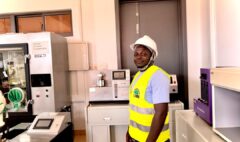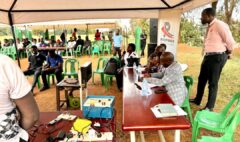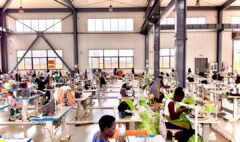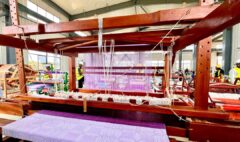The Power of Bamboo and IoT Integration

The Power of Bamboo and IoT Integration
In the quest for sustainable technology, the fusion of bamboo materials with Internet of Things (IoT) capabilities is revolutionizing drone design. This innovative approach not only enhances the structural integrity of drones but also integrates smart technology for improved functionality in various applications, particularly in agriculture. Let’s explore how this combination can lead to stronger, smarter drones that are both eco-friendly and efficient.
Bamboo: A Strong Foundation for Drones
Bamboo is increasingly recognized for its remarkable properties that make it an ideal material for drone construction. Here’s why bamboo stands out:
- Strength-to-Weight Ratio: Bamboo possesses an impressive strength-to-weight ratio, making it lightweight yet incredibly strong. This characteristic is crucial for drone performance, allowing for longer flight times and better maneuverability.
- Flexibility and Durability: The natural flexibility of bamboo helps absorb shocks during flight, reducing the risk of damage. Its durability ensures that drones can withstand various environmental conditions, making them suitable for outdoor agricultural tasks.
- Sustainability: As a rapidly renewable resource, bamboo contributes to a more sustainable manufacturing process. Using bamboo in drone design aligns with the growing demand for eco-friendly technologies in agriculture and beyond.
Integrating IoT for Enhanced Functionality
The incorporation of IoT technology into drone design opens up a world of possibilities. Here’s how IoT enhances the capabilities of bamboo drones:
- Automated Operations: IoT integration can facilitate automated flight paths and tasks, such as targeted irrigation or pesticide application, ensuring precision and reducing waste.
- Real-Time Data Collection: Equipped with sensors, bamboo drones can gather real-time data on crop health, soil moisture, and environmental conditions. This data can be transmitted to farmers, enabling them to make informed decisions quickly.
- Remote Monitoring and Control: IoT connectivity allows farmers to monitor their fields remotely. Drones can be controlled via smartphones or computers, providing flexibility and convenience in managing agricultural tasks.
- Predictive Analytics: By analyzing the data collected, machine learning algorithms can predict crop yields, identify potential issues, and suggest optimal farming practices. This predictive capability enhances resource management and boosts productivity.
Strength Evaluation: The Future of Drone Design
As we continue to innovate, evaluating the strength and performance of bamboo drones is essential. Testing methodologies can include:
- Stress Testing: Subjecting drones to various stress conditions to assess their durability and performance under different loads.
- Flight Performance Analysis: Monitoring flight stability, maneuverability, and battery efficiency during real-world agricultural applications.
- Environmental Impact Assessment: Evaluating the ecological benefits of using bamboo drones compared to traditional materials, focusing on sustainability and waste reduction.
Conclusion
The combination of bamboo materials and IoT technology is set to redefine drone design, creating stronger, smarter, and more sustainable solutions for agriculture. By harnessing the natural advantages of bamboo and the capabilities of IoT, we can pave the way for innovative agricultural practices that not only enhance productivity but also protect our planet.
















